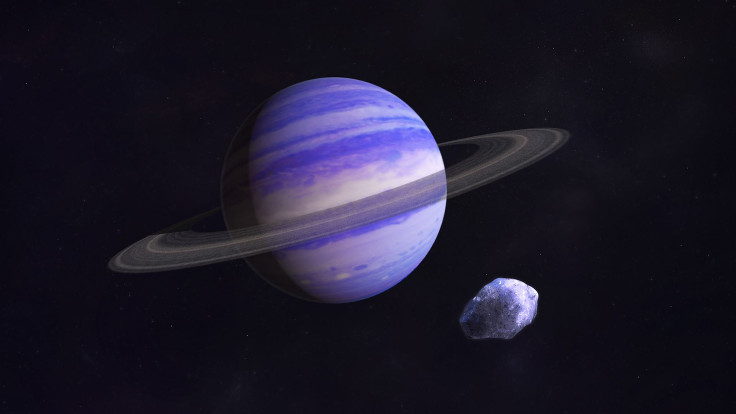Neptune-Mass Worlds May Be The Most Common Cold Exoplanets In The Universe, Microlensing Study Suggests

Worlds the mass of Neptune may be the most common exoplanets present in the cold, icy and distant regions around the orbits of stars, according to a new statistical study of planets discovered using a technique known as gravitational microlensing.
“We've found the apparent sweet spot in the sizes of cold planets. Contrary to some theoretical predictions, we infer from current detections that the most numerous have masses similar to Neptune, and there doesn't seem to be the expected increase in number at lower masses,” lead researcher Daisuke Suzuki, a postdoctoral researcher at NASA’s Goddard Space Flight Center in Greenbelt, Maryland, and the University of Maryland Baltimore County, said in a statement. “We conclude that Neptune-mass planets in these outer orbits are about 10 times more common than Jupiter-mass planets in Jupiter-like orbits.”
For the purpose of this study — published last week in the Astrophysical Journal — the researchers looked for a phenomenon called gravitational microlensing, wherein a massive foreground object can change the brightness of a background one by warping the fabric of space-time. The precise pattern of these changes in luminosity of background objects provides astronomers with clues about the nature of the lensing star and the planets around it.
Suzuki and his colleagues identified nearly 1,500 microlensing events, of which 22 displayed clear planetary signals. Using these observations, they determined the mass ratio of the host star to its planets, and eventually the mass of the planets.

Doing so revealed that beyond the snow line — the region where the temperature drops low enough for snow to form — of a star roughly 60 percent our sun’s mass, the microlensing planet is likely to be between 10 and 40 times the mass of Earth. This is comparable to Neptune, which is roughly 17 times as massive as Earth.
“Beyond the snow line, materials that were gaseous closer to the star condense into solid bodies, increasing the amount of material available to start the planet-building process,” Suzuki said. “This is where we think planetary formation was most efficient, and it's also the region where microlensing is most sensitive.”
© Copyright IBTimes 2025. All rights reserved.




















